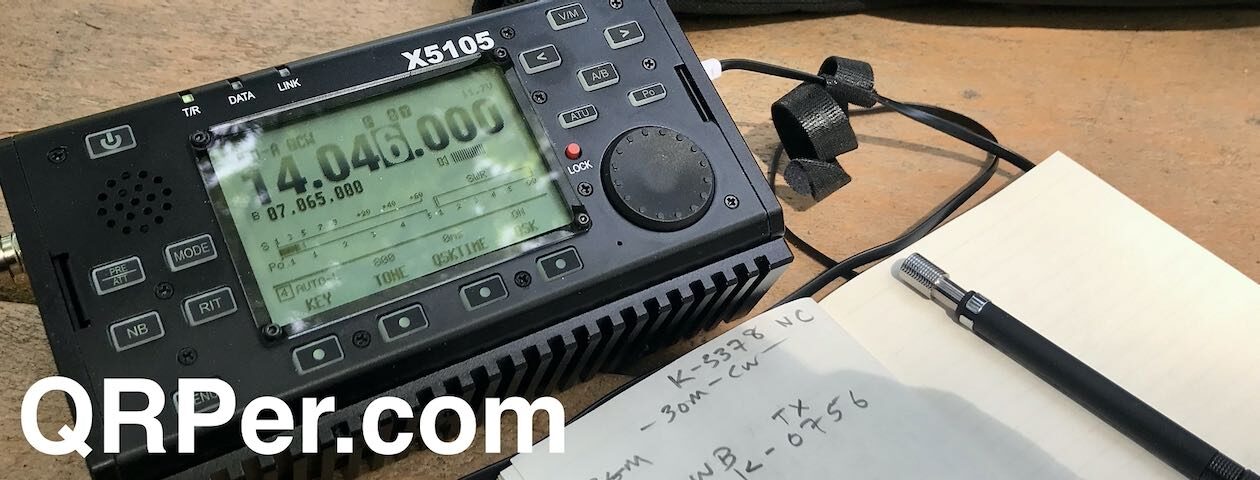 Here in the States, we’re celebrating Thanksgiving today. It’s my favorite holiday because it’s all about giving thanks and spending time with friends. family, and (of course) eating some amazing food.
Here in the States, we’re celebrating Thanksgiving today. It’s my favorite holiday because it’s all about giving thanks and spending time with friends. family, and (of course) eating some amazing food.
In the spirit of gratitude, I’d like to thank all of you for making what I do here on QRPer.com and YouTube possible.
I’ll admit that I get a real thrill out of sharing what I learn and even taking you along on my various field activations in videos and field reports.
It’s funny, but I’ve made activation videos long enough now that the camera feels more like a companion–with you there at my side–as I enjoy field activations. In the early days, I used to cringe a bit with each video I posted. I knew they weren’t polished, they weren’t edited, and they certainly weren’t ever going to be mainstream on YouTube (and I’m 100% fine with that). Typical YouTube viewers don’t care to watch videos that happen in real time without editing.
In the beginning, I thought I’d be laughed off of YouTube (and I was prepared to face that) but instead, it’s been completely the opposite. I receive kind comments from subscribers on a daily basis and I appreciate each and every one.
As I’ve said in the past, I’m happy if I even play a small positive role in someone’s radio journey.
Back in 2008 when I put QRPer.com on the web, it was always my intention to make it a space to share everyone’s radio journey, not just mine alone. That’s the reason I chose the name QRPer instead of my callsign for the website.
I strongly believe that radio enthusiasm is infectious and we’re all radio ambassadors when we put ourselves out there in a positive and encouraging way. The contributors and guest posts here on QRPer have proven this over and over again. I’ve learned so much from you and I’m most grateful. Thank you.
Grateful…
Again, thank you dear readers for making QRPer.com such a welcoming community. This is a true labor of love, and it’s an honor to serve it up to you!
I’d especially like to thank our Patrons, Producers, Executive Producers and Coffee Fund contributors. Your financial support helps keep this a dynamic radio space over the long haul!

































